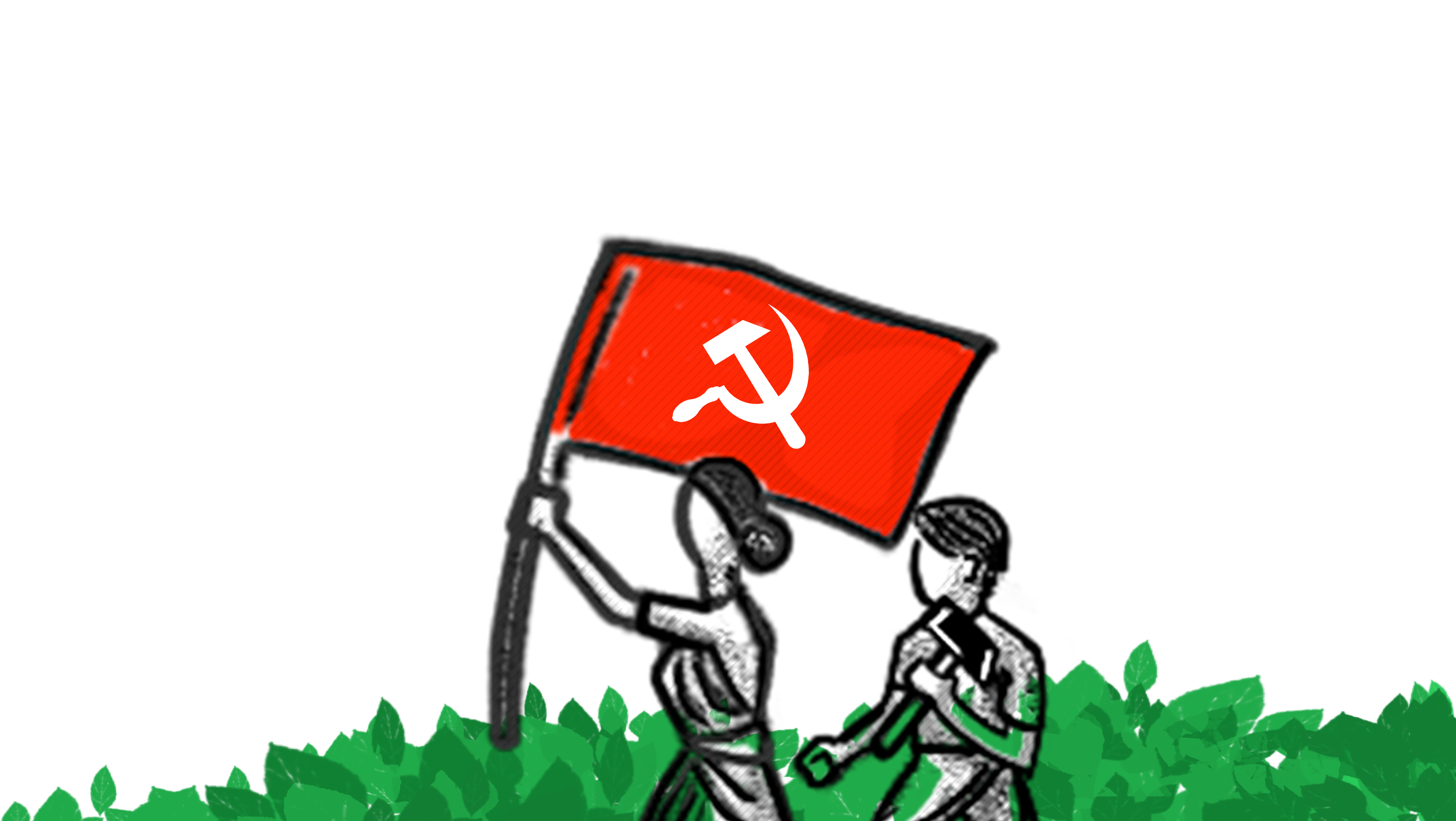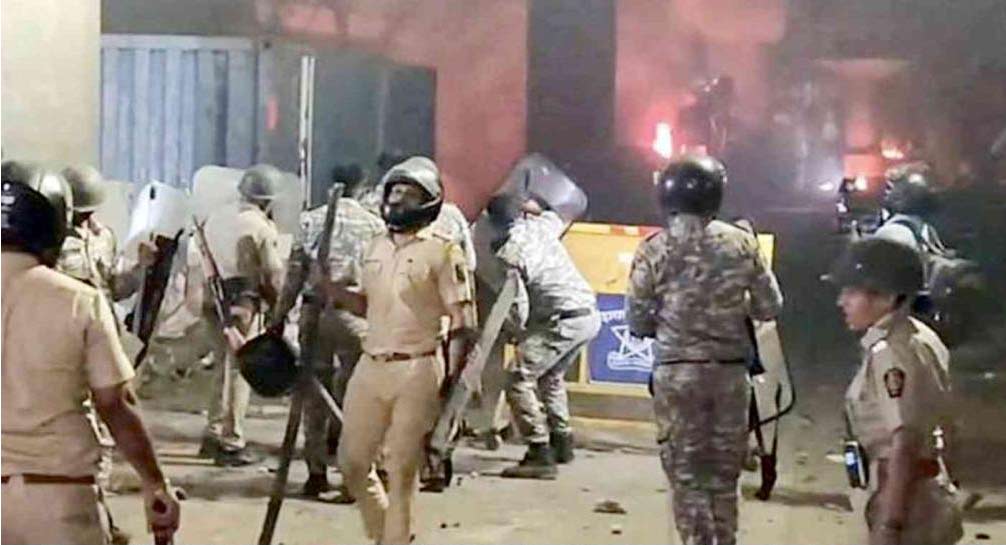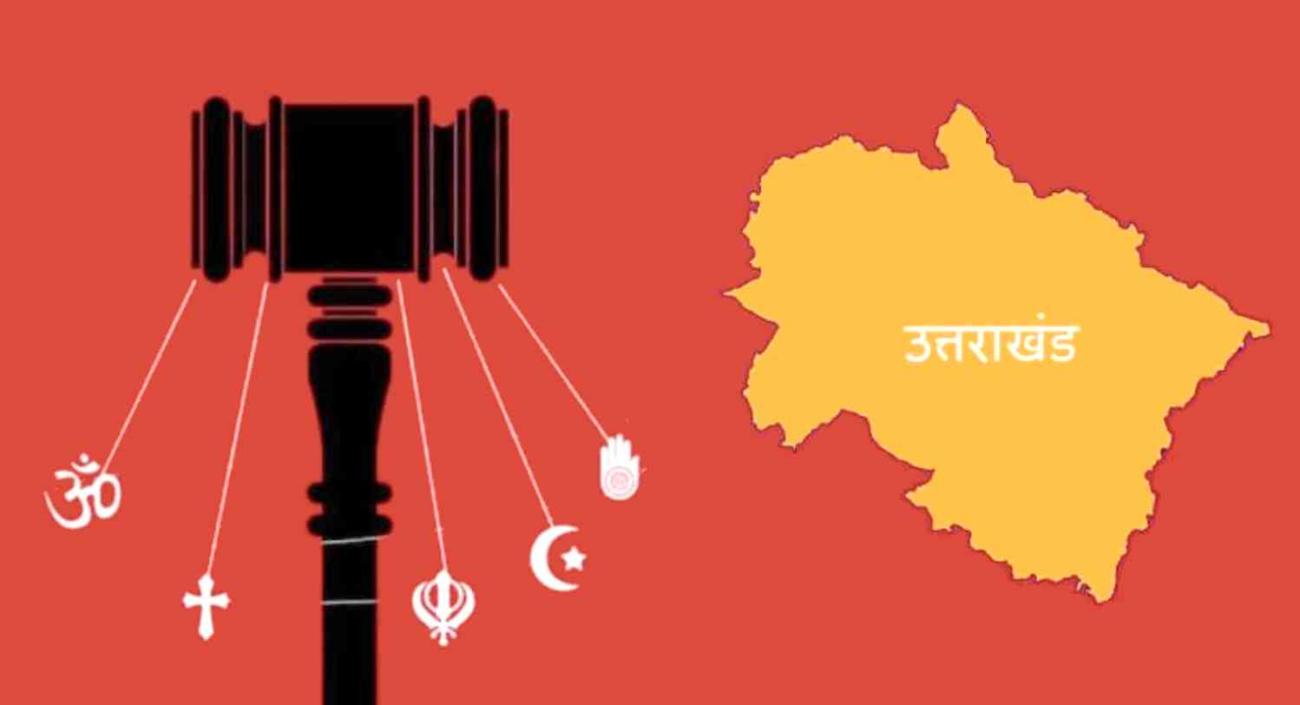In India, it is common for opponents of caste-based reservations and other schemes that specifically serve oppressed and backward communities, to demand that such schemes serve the poor irrespective of community. They claim social oppression and discrimination is a myth. A close look at the Global MPI data from India busts these claims.
It is absolutely clear that Adivasis, Dalits, and Muslim minorities have a far greater chance of being poor in India, while those from the dominant/upper castes have a lesser chance of being poor. So while 27% of Indias people are poor, 50 per cent of all tribals, 33 per cent of Dalits, and 33 per cent of Muslims in India are poor, while only 15% of the upper castes are poor.
If we slice the data state-wise, Bihar, followed by Jharkhand, are the poorest states. 52 per cent of Bihars population and 45 per cent of Jharkhands population are multidimensionally poor. Only 1% of Keralas population is multidimensionally poor. The four poorest states �Bihar, Jharkhand, Uttar Pradesh, and Madhya Pradesh � account for over half of all the MPI poor people in India. Southern India in general performs better than north-central India, according to the report.
Poor nutrition is the responsible for 28.3 per cent of Indias MPI, while not having a household member with at least six years of education is the second largest factor, accounting for 16 per cent of Indias MPI.
Indias MPI standing has improved considerably in the last decade. But though MPI poverty has fallen in India in these ten years, it is clear that the those facing social oppression and discrimination continue to be far more vulnerable to MPI poverty than other sections.





